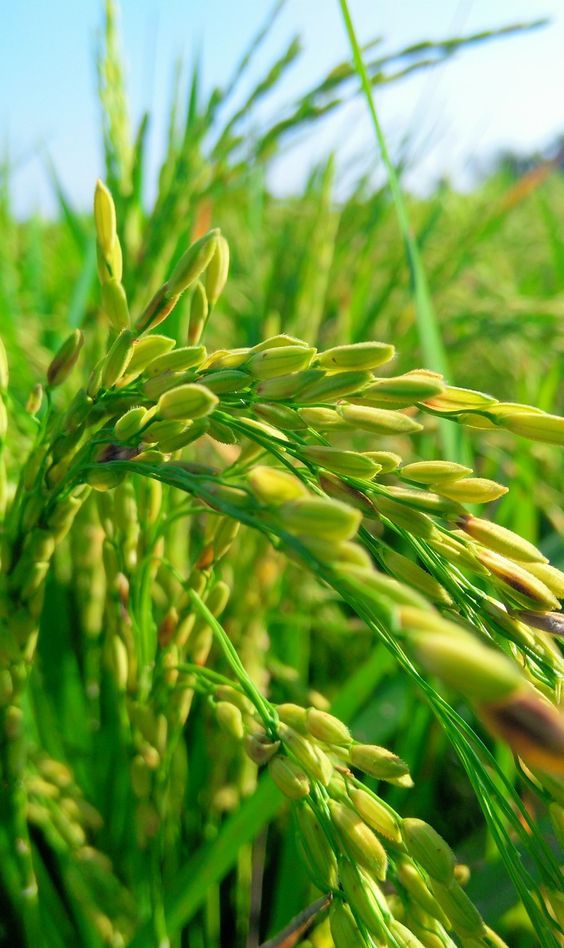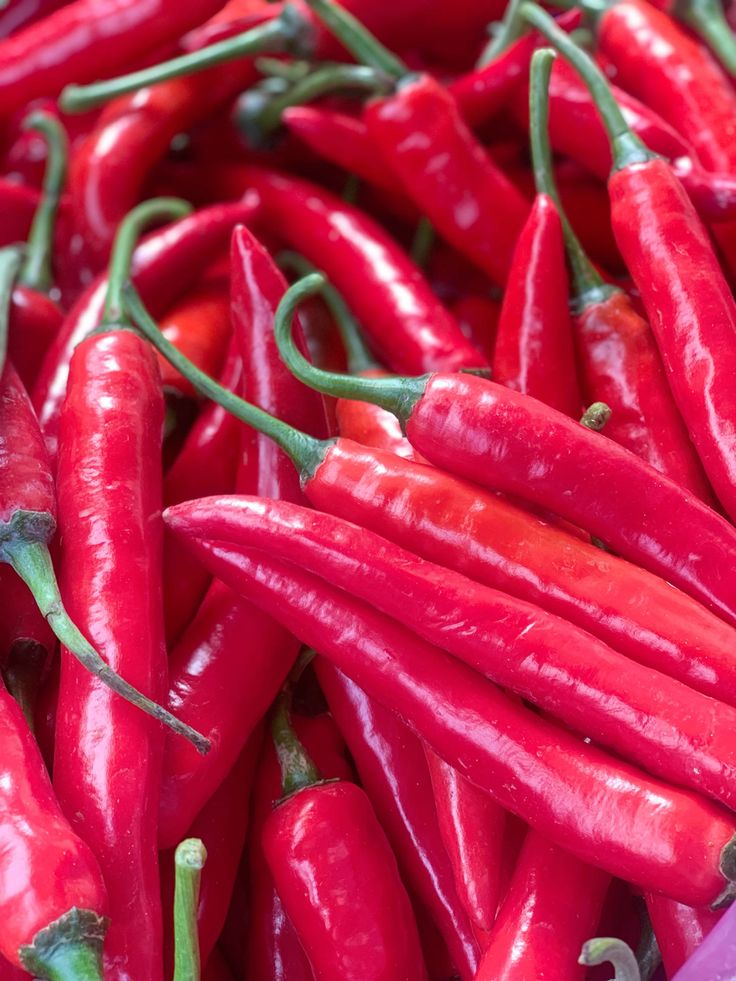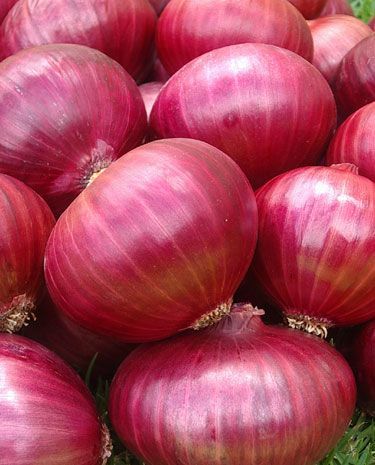Cultivating Efficiency: Smart Small agricultural land Solutions for Small Farms
Small agricultural land landscape is changing. While large-scale farms dominate production, a growing emphasis is placed on the role of small farms. These smaller operations offer unique advantages, promoting biodiversity, fostering local food systems, and creating a more resilient food supply. However, limited land area often presents challenges for small-scale farmers. This is where Smart Agriculture steps in, offering a suite of technologies and practices that can revolutionize how small farms operate.
Smart Small agricultural land leverages advancements in data collection, automation, and analytics to optimize agricultural processes. By integrating sensors, internet connectivity, and innovative tools, small farmers can gain valuable insights and make data-driven decisions to maximize yields, resource efficiency, and overall profitability.
Contents
Big Benefits for Small agricultural land Plots: Key Smart Agriculture Solutions for Limited Land
While the initial perception might be that Smart Small agricultural land is better suited for large-scale operations, the reality is quite different. Several key solutions within Smart Agriculture are particularly applicable to small farms with limited land:
-
Precision Agriculture: This approach uses sensors, satellite imagery, and data analysis to create detailed field maps. These maps provide insights into soil health, moisture levels, nutrient deficiencies, and crop health variations within a small field. This allows for targeted application of water, fertilizers, and pesticides, minimizing waste and maximizing resource use efficiency on limited land.
-
Smart Irrigation Systems: Traditional irrigation methods often lead to water wastage, especially on small farms where resources are tight. Smart irrigation systems employ soil moisture sensors, weather data, and automation to deliver water precisely when and where crops need it. This not only conserves valuable water but also optimizes plant growth, leading to better yields.
-
Vertical Farming: This innovative technique utilizes vertical space to grow crops in stacked layers. This is a perfect solution for small farms with limited horizontal space. Vertical farms leverage controlled environments, LED lighting, and hydroponic or aeroponic systems for efficient production. This allows for year-round cultivation, reduces dependence on weather conditions, and maximizes output per square meter.
-
Precision Livestock Farming: Even small-scale livestock operations can benefit from Smart Agriculture. Wearable sensors for animals can track health vitals, identify breeding cycles, and monitor stress levels. This data allows for early detection of potential health issues, improved breeding management, and better overall animal welfare.
-
Agricultural Drones: Unmanned Aerial Vehicles (UAVs), commonly known as drones, are proving valuable tools for small farms. Equipped with cameras and sensors, drones can provide high-resolution aerial imagery of fields. This allows farmers to assess crop health, identify pest infestations, and monitor irrigation effectiveness across their entire land, regardless of size.
Overcoming Challenges: Considerations for Small-Scale Smart Agriculture Adoption
While Smart Small agricultural land offers immense potential for small farms, some challenges need to be addressed to ensure successful implementation:
-
Cost: The initial investment cost for some Smart Agriculture technologies can be a barrier for small-scale farmers with limited budgets. However, exploring used equipment options, seeking government grants, or forming cooperative ventures with neighboring farms for shared investment can help make these technologies more accessible.
-
Digital Divide: Limited access to internet connectivity and technical expertise in rural areas can hinder adoption of Smart Agriculture solutions. Government initiatives to expand internet access in rural areas, educational programs to train farmers on using Smart Agriculture technologies, and the development of user-friendly interfaces are crucial to bridge the digital divide.
-
Data Security: As Smart Agriculture relies heavily on data collection and analysis, concerns about data privacy and security can arise. Implementing robust cybersecurity measures and ensuring data ownership by the farmer are essential to address these concerns.
Cultivating the Future: A Brighter Outlook for Small Farms with Smart Agriculture
By embracing Smart Small agricultural land solutions, small farms can overcome the limitations of limited land area and become more competitive players in the agricultural sector. The increased efficiency, resource optimization, and data-driven decision making facilitated by Smart Agriculture empower small farmers to:
-
Increase yields and profitability by maximizing resource use and optimizing crop and livestock management.
-
Enhance sustainability through water conservation, precision application of fertilizers and pesticides, and improved waste management.
-
Reduce labor requirements by automating certain tasks, freeing up farmers’ time for strategic planning and value-added activities.
-
Gain greater transparency and traceability in their production processes, enhancing consumer trust and market access for their produce.
Smart Small agricultural land has the potential to transform small farms from resource-constrained operations to innovative and thriving contributors to a more sustainable and resilient food system. By working together, governments, research institutions, technology providers, and farmers can create an environment that fosters Smart Small agricultural land adoption on small farms, ensuring a prosperous future for these vital players in the agricultural landscape.




